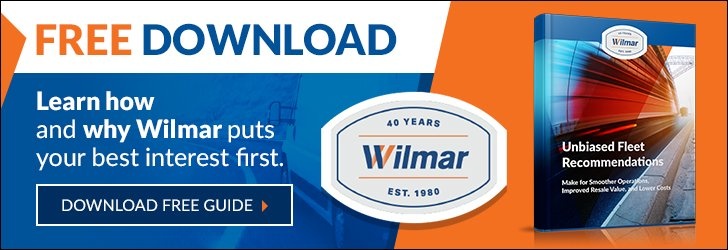
You've likely heard about leasing vehicles, but do you truly comprehend the intricacies of a closed-end lease? This specialized arrangement offers an alternative path to vehicle ownership, granting access to a new car, truck, or SUV for a predetermined period and mileage limit.
While you won't possess the vehicle outright, closed-end leases present a unique opportunity to experience the latest models without the long-term financial commitment of a traditional purchase. Explore the benefits and considerations of this leasing structure to determine if it aligns with your driving needs and preferences.
What is a Closed-End Vehicle Lease?
A closed-end lease is one of the most popular types of vehicle leasing agreements. With this arrangement, you essentially "rent" the car from the leasing company for a predetermined period, usually 2-4 years.
Key Features
-
Restricted mileage limits (e.g. 10,000 - 15,000 miles per year)
-
You must return the vehicle at the end of the lease term
-
Lease payments are based on the vehicle's expected depreciation over the lease period
Benefits
-
Lower monthly payments compared to financing a purchase
-
Drive a new vehicle every few years with the latest features
-
Avoid dealing with trade-in/resale hassles at the end
Considerations
-
You don't build any equity in the vehicle
-
Excess mileage or damage can incur fees when returning the car
-
Early termination penalties often apply if ending the lease early
Closed-end leases offer an affordable way to drive a new vehicle without the long-term commitment of ownership. By understanding the terms upfront, you can take advantage of this flexible option.
Pros and Cons of Closed-End Leases
Key Advantages
-
Cost Savings. Closed-end leases typically have lower monthly payments compared to financing a purchase. This provides an affordable way to drive a new vehicle.
-
Always a New Car. When your lease term ends (usually 2-3 years), you can return the car and lease another new model. This lets you constantly drive the latest vehicles with the newest tech and safety features.
-
Lower Repair Costs. Since leases have mileage limits and shorter terms, major repairs are less likely during your lease period. Any covered repairs are also paid for by the leasing company.
Potential Drawbacks
-
No Ownership. You are essentially renting the vehicle long-term. At lease-end, you must return the car or pay to purchase it at its residual value.
-
Mileage Limits. Most leases cap annual miles at 10,000-15,000. Exceeding those limits results in costly per-mile penalty fees when returning the vehicle.
-
Wear and Tear Fees. Excessive wear and damage beyond normal use could lead to charges when turning in the vehicle. Proper maintenance and care is required.
Understanding the key pros and cons lets you decide if a closed-end lease aligns with your driving needs and budget. The lower monthly costs make it affordable to drive a brand-new car every few years.
Steps for Getting a Closed-End Lease
Determine Your Needs
Before diving into a closed-end lease, carefully assess your driving needs and budget. Consider factors like daily commute distance, family size, and desired vehicle features. This will help narrow down the right vehicle type and trim level.
Research and Compare Options
Explore various makes, models, and trim levels that fit your criteria. Compare lease terms, monthly payments, mileage limits, and fees across multiple dealerships and lenders. Don't hesitate to negotiate for better rates.
Review the Contract Thoroughly
Once you've selected a vehicle and lease deal, scrutinize the contract. Understand the mileage limits, wear-and-tear standards, early termination fees, and end-of-lease options. Clarify any confusing terms with the leasing agent.
Secure Financing and Insurance
Arrange financing through the leasing company, your bank, or a third-party lender. Obtain adequate insurance coverage as required by the lessor. Consider gap insurance to cover the potential difference between the vehicle's value and remaining lease payments.
Return the Vehicle Properly
As the lease nears its end, schedule an inspection and prepare the vehicle for return. Repair any damages beyond normal wear and tear to avoid excess charges. You may have the option to purchase the vehicle or start a new lease.
Keep in Mind
As you evaluate your vehicle needs, a closed-end lease may provide an appealing solution. Remember that leasing allows you to drive a new car every few years while avoiding the hassle of selling your old vehicle. However, carefully review the terms and ensure you understand the mileage limits and end-of-lease obligations.
With proper research and planning, a closed-end lease can offer convenience and potential cost savings. Consider your lifestyle and driving habits to determine if this leasing option aligns with your transportation goals. Wilmar can help you choose the best route for your company and help you each step of the way.








